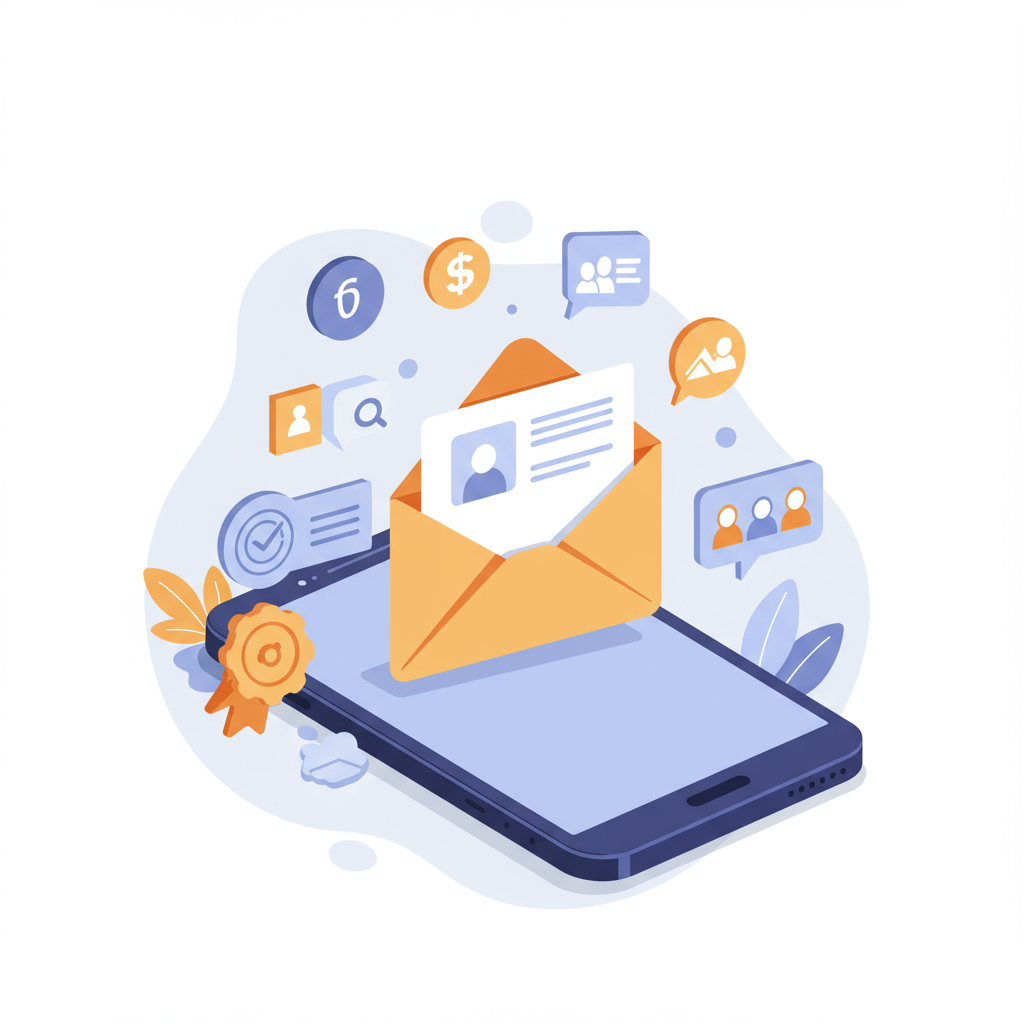Discover how strategic email campaigns can transform one-time buyers into lifelong customers for your Shopify store.
As a Shopify merchant, you’re constantly looking for ways to grow your business.
We often focus heavily on customer acquisition, pouring resources into ads and marketing campaigns to bring new shoppers to our stores.
While acquiring new customers is undoubtedly vital, it’s only one side of the coin.
The other, equally crucial side, is customer retention.
Think about it: it costs significantly more to acquire a new customer than to retain an existing one.
In fact, studies show it can be five to 25 times more expensive.
This is where a well-crafted customer retention email series comes into play.
It’s not just about sending a single email; it’s about building a relationship over time.
My goal today is to walk you through how to implement an effective customer retention email strategy for your Shopify store.
We’ll explore various types of email series and the key elements that make them successful.
First, let’s define what we mean by customer retention emails.
These are automated or manual email sequences designed to keep your existing customers engaged, happy, and coming back for more purchases.
They transform one-time buyers into loyal, repeat customers who become advocates for your brand.
One of the most powerful series you can implement is the post-purchase follow-up.
This isn’t just a shipping confirmation; it’s an opportunity to deepen the customer’s connection with your brand.
After a customer makes a purchase, consider sending an email offering tips on how to best use their new product.
You could include links to tutorials, FAQs, or even complementary products they might enjoy.
This adds value beyond the transaction and shows you care about their experience.
Another critical series is the re-engagement or win-back campaign.
These emails target customers who haven’t purchased from you in a while.
Perhaps they bought once and then disappeared. Don’t let them slip away!
Your win-back series could offer a special discount, highlight new arrivals, or simply remind them of the value you provide.
Personalization is key here; address them by name and reference their past purchases if possible.
Next, let’s talk about loyalty and VIP programs, often supported by email series.
Reward your most loyal customers with exclusive access, early bird sales, or special discounts.
An email series can announce their VIP status, explain the benefits, and deliver those exclusive offers.
This makes them feel appreciated and encourages continued engagement.
Don’t forget the power of feedback and review request emails.
After a customer receives their order and has had time to use the product, send an email asking for their honest feedback.
Positive reviews are gold for social proof, and negative feedback provides valuable insights for improvement.
Always make it easy for them to leave a review, perhaps with a direct link.
What do you think about these strategies so far? I’d love to hear your thoughts on how you approach customer retention.
Now, let’s discuss the common elements that make any retention email effective.
**Personalization:** Always use the customer’s name and reference their purchase history.
**Value Proposition:** Every email should offer something of value, whether it’s information, a discount, or an exclusive offer.
**Clear Call to Action (CTA):** Tell your customers exactly what you want them to do next.
**Strong Branding:** Maintain your brand’s voice, tone, and visual identity across all emails.
**Segmentation:** Don’t send the same email to everyone. Segment your audience based on purchase history, engagement, or demographics.
**Timing:** Send emails at optimal times. A post-purchase email should go out shortly after delivery, while a win-back might be after 60-90 days of inactivity.
For Shopify merchants, integrating an email marketing platform like Klaviyo, Mailchimp, or Omnisend is crucial.
These platforms allow for advanced segmentation, automation, and analytics, making it much easier to manage your retention series.
Setting up these flows within your chosen platform is relatively straightforward, often involving drag-and-drop builders.
Remember to test your emails! A/B test subject lines, content, and CTAs to see what resonates best with your audience.
Finally, measure your success. Track metrics like open rates, click-through rates, conversion rates, and repeat purchase rates.
These metrics will tell you what’s working and what needs adjustment.
In conclusion, customer retention isn’t just a buzzword; it’s a fundamental pillar of sustainable e-commerce growth.
By investing in thoughtful, automated email series, you’re not just selling products; you’re building lasting relationships.
I encourage you to start implementing these strategies today.
Your existing customers are your most valuable asset; nurture them, and they will continue to support your Shopify store for years to come.






